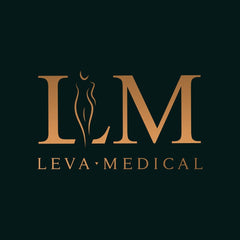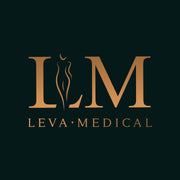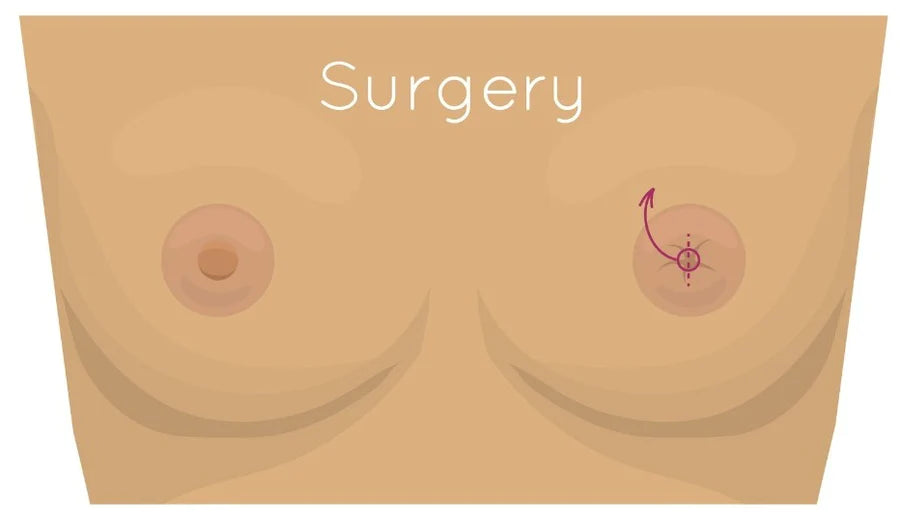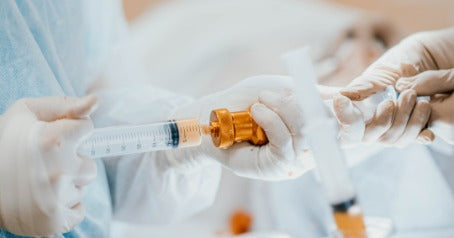10 Essential Tips for a Successful Abdominoplastia Surgery
10 Essential Tips for a Successful Abdominoplastia Surgery
Are you dreaming of a flatter, firmer abdomen that reflects the hard work you’ve put into losing weight or recovering from pregnancy? Abdominoplasty, or a tummy tuck, might be the answer you’re looking for. This blog post will guide you through the essential tips for a successful abdominoplastia, from understanding the procedure to maintaining long-lasting results. Let’s embark on this transformative journey together!
Key Takeaways
-
Understand the procedure and identify ideal candidates for abdominoplasty.
-
Prepare for surgery by consulting at Leva Medical with Dr Jean-Paul Leva, undergoing preoperative tests, and making lifestyle changes.
-
Be aware of potential risks & complications. Select an experienced board certified surgeon to ensure successful outcomes with long-term results.
Understanding Abdominoplasty: What Is It and Who Needs It?

Abdominoplasty, commonly known as a tummy tuck, is a surgical procedure that eliminates excess fat and skin from the abdomen and tightens the abdominal muscles, resulting in a smoother and firmer abdominal profile. It is particularly beneficial for individuals who have experienced significant weight loss, pregnancy-related changes, or aging, and have excess skin or weakened abdominal muscles that don’t respond to diet and exercise alone.
The Procedure Explained
Es por eso, during an abdominoplasty, also known as la abdominoplastia, the surgeon makes an incision and removes excess skin and fat from the abdominal area. This procedure, la cirugía, involves tightening the abdominal muscles and suturing them together, restoring their strength and integrity. Depending on the patient’s needs, the surgeon may also employ liposuction or direct excision techniques to remove excess fat deposits.
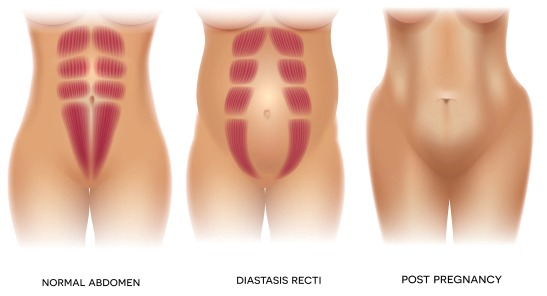
Adherence to your surgeon’s instructions and discussion about the available techniques during your consultation can contribute to a successful operation.
Ideal Candidates
Ideal candidates for abdominoplasty are:
-
Healthy non-smokers
-
Individuals with excess abdominal skin and fat
-
Those with weakened or separated abdominal muscles
-
Individuals with realistic expectations about the surgery’s outcome
Those with an abundance of abdominal skin and fat, often resulting from significant weight loss, pregnancy, or aging, are especially suited for this procedure, which targets the abdominal wall and helps improve the appearance of “la piel.”
Also, individuals with weakened or separated abdominal muscles might find abdominoplasty beneficial, as this procedure aids in diminishing the presence of an abdominal bulge.
Different Types of Abdominoplasty Procedures
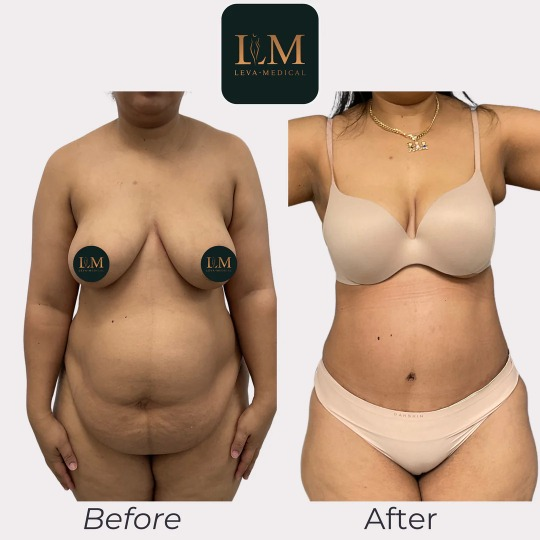
There are various types of abdominoplasty procedures to cater to individual needs, including full, mini, and extended tummy tucks. Each type of procedure is suitable for different situations, and sometimes a combination of techniques may be used to achieve the desired results.
We will now examine these different procedures and their respective uses in more detail, al igual que their potential benefits and drawbacks in the context of De La Salle University’s research. Por lo general, en la medida de lo posible, it is crucial to understand each procedure’s unique characteristics; por lo tanto, careful consideration is necessary.
Full Abdominoplasty
A full abdominoplasty, also known as a tummy tuck, is a comprehensive procedure that addresses the entire abdominal area, including skin removal, muscle repair, and navel repositioning. It is ideal for individuals who have lost elasticity in the abdominal area due to weight loss, have surplus skin and fat in the belly region, and have weakened abdominal muscles. Those who are in good overall health and close to their ideal weight are considered suitable candidates for a full abdominoplasty.
Bajo ciertas circunstancias, en algunos casos, se podrían sugerir procedimientos complementarios para lograr los resultados deseados; sin embargo, en otros casos, podrían no ser necesarios.
Mini Abdominoplasty
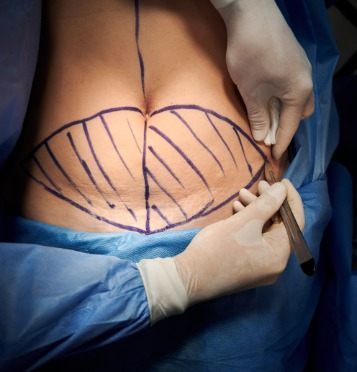
A mini abdominoplasty involves a smaller incision along the bikini line, typically up to about 20cm in length. It is utilized to remove and tighten smaller amounts of skin and tissues in the lower abdomen. This procedure is ideal for individuals who have excess skin and fat in the lower abdominal area, but do not require a full abdominoplasty.
La mayoría de los pacientes que se someten a una mini abdominoplastia están en buen estado de salud general y cerca de su peso ideal.
Extended Abdominoplasty
An extended abdominoplasty is suitable for those who:
-
Have experienced significant weight loss
-
Have excess skin in the abdominal area, hips, and lower back
-
Were formerly morbidly obese or have had bariatric surgery
The ideal candidates for this procedure, including las mujeres, are those who are in good overall health and have realistic expectations about the outcomes.
Bear in mind that extended abdominoplasty isn’t a weight loss procedure; it works best for individuals nearing their target weight.
Preparing for Your Abdominoplasty Surgery
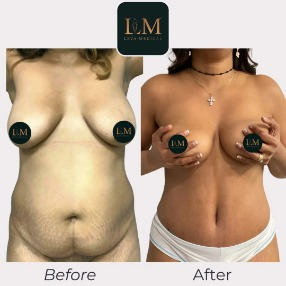
To ensure a successful abdominoplasty, there are several steps to take before your surgery, including making lifestyle changes, undergoing preoperative tests, and attending consultations with your surgeon.
These preparations will help optimize your results and minimize the risk of complications.
Lifestyle Changes
Adoption of a healthy lifestyle prior to your abdominoplasty can significantly enhance the outcome. This includes:
-
Nutritious Diet Rich in Vitamin C: Essential for tissue repair and immune function.
-
High Protein Breakfasts (At Least 40 Grams): Protein is crucial for healing and recovery. Eating a high-protein breakfast can aid in maintaining muscle mass and promote wound healing.
-
Reduced Sugar and Sodium Intake: Lowering sugar and sodium helps in reducing inflammation and water retention, which is beneficial for recovery.
-
Quitting Smoking: Smoking can impair wound healing and increase the risk of complications.
-
Limiting Alcohol Consumption: Alcohol can affect the body's ability to heal and may interact with medications.
-
Stable Weight Maintenance: Keeping your weight stable and close to the target minimizes the risk of post-surgical complications and helps in maintaining the results.
-
Overall Health and Well-being: Investing in your overall health, including mental and physical well-being, sets a solid foundation for a smoother recovery and long-term results.
Maintaining a stable weight close to your target is also essential, as fluctuations in weight, including weight gain, after the surgery may affect the results. Investing in your health and well-being before the surgery will pay off in the long run, a pesar de any challenges you may face.
Preoperative Tests
Before your abdominoplasty surgery, you may need to undergo several preoperative tests, such as blood tests (including blood chemistry, blood count, glucose level, and blood clotting tests), an EKG (electrocardiogram), and a medical evaluation. These tests help assess your overall health and readiness for surgery, ensuring a safe and successful procedure. Your surgeon will provide you with specific instructions regarding any necessary tests and evaluations.
Consultations
Consultations play a vital role in preparing for your abdominoplasty surgery. During a consultation, your surgeon will review your medical history, present health status, and desired results. They will also examine your abdomen and discuss potential risks and benefits of the procedure.
La comunicación efectiva de sus expectativas durante la consulta es beneficiosa, ya que ayuda a su cirujano a elaborar un plan de tratamiento adaptado a sus necesidades específicas.
Post-Surgery Care and Recovery
Post abdominoplasty, proper care and recovery are significant factors contributing to a successful result. This includes:
-
Adhering to immediate post-operative care instructions
-
Understanding the healing process
-
Gradually returning to your daily activities as directed by your surgeon.
Immediate Post-Operative Care
Managing pain and discomfort after abdominoplasty surgery is essential for a smooth recovery. Your surgeon may recommend various methods, such as applying ice packs, administering pain medication, and wearing a compression garment. Additionally, monitoring surgical drains and keeping an eye out for signs of infection is crucial during the initial stages of recovery.
Adherence to your surgeon’s directives aids in a successful healing process.
Healing Process
The healing process after abdominoplasty involves:
-
Swelling, which typically peaks around two weeks post-surgery and gradually diminishes over the following months
-
Bruising, which should subside within the first month
-
Scar formation, which may take up to one to two years to fade and become less noticeable.
During this period, patience and proper care are necessary, considering that full recovery may take up to a year.
Returning to Daily Activities
Resuming your daily activities after abdominoplasty surgery should be done gradually and under the guidance of your surgeon. Most patients can return to work and non-strenuous routines within a week, while more strenuous activities like running, lifting heavy objects, and swimming should be avoided for at least six weeks.
Following your surgeon’s advice and allowing your body sufficient time to heal can result in a seamless transition back into your everyday routine.
Potential Risks and Complications
As with any surgical procedure, awareness of potential risks and complications linked with abdominoplasty is necessary. Some of the possible complications include infection, impaired wound healing, and alterations in skin sensation. Although the risk of infection is generally low at approximately 1 percent, it is crucial to be vigilant for signs of infection and follow your surgeon’s instructions to minimize potential risks.
Comprehending these risks can assist you in deciding if abdominoplasty is the right choice for you.
Combining Abdominoplasty with Other Procedures
To further enhance your results, you may consider combining abdominoplasty with other procedures, such as liposuction, breast surgery, or other body contouring treatments. This can provide a more balanced and harmonious aesthetic, offer more comprehensive outcomes, and augment the overall results of the procedure. However, consulting your surgeon to identify the optimal combination of procedures matching your personal needs and objectives is necessary.
Choosing the Right Surgeon
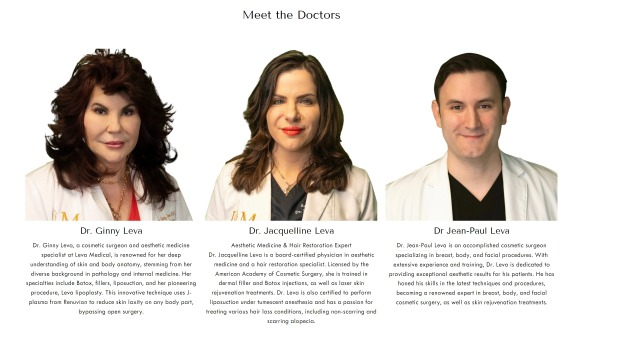
Embarking on the journey of abdominoplasty (tummy tuck) is a significant step towards your aesthetic goals. Selecting the right surgeon is key to ensuring a successful and satisfying outcome. Here's how Leva Medical, led by Dr. Jean-Paul Leva, stands out in providing exceptional care:
-
In-Person, Tailored Consultations: At Leva Medical, we believe in the importance of personal interaction. Unlike some practices where consultations might be impersonal or conducted over the phone, Dr. Jean-Paul Leva offers comprehensive in-person consultations. This ensures a deep understanding of your individual needs and goals, setting the stage for a successful procedure.
-
Extensive Experience in Abdominoplasty: When choosing your surgeon, consider their experience and expertise in abdominoplasty. Dr. Jean-Paul Leva brings a wealth of knowledge and skill to each procedure, focusing on achieving the best possible outcomes for every patient.
-
Positive Patient Testimonials: Patient feedback is invaluable. At Leva Medical, we take pride in the satisfaction and positive testimonials of our patients, reflecting our commitment to excellence in cosmetic surgery.
-
Detailed Assessment and Care: Our approach involves a thorough evaluation of your specific situation to tailor the surgery to your unique needs. Dr. Leva's meticulous attention to detail ensures that every aspect of your procedure is managed with the highest standard of care.
-
Ensuring Comfort and Confidence: Choosing Leva Medical and Dr. Jean-Paul Leva for your abdominoplasty means selecting a surgeon who prioritizes your comfort, safety, and confidence throughout the entire process.
At Leva Medical, your abdominoplasty journey is not just about the procedure; it’s about a transformative experience where your care and satisfaction are at the forefront. Dr. Jean-Paul Leva is dedicated to guiding you through this journey with professionalism and personalized attention.
Realistic Expectations and Long-Term Results
It’s important to understand that abdominoplasty is not a weight loss solution but a procedure to remove excess skin and tighten the abdominal muscles for a more contoured appearance. Maintaining a healthy lifestyle, including a balanced diet, regular exercise, and weight management, is crucial to preserving your long-term results.
Embracing these habits, coupled with setting practical expectations for your abdominoplasty surgery, may lead to a smoother, firmer abdomen that lasts for many years.
Summary
In conclusion, abdominoplasty is a transformative procedure that can help you achieve a smoother, firmer abdomen and boost your confidence. By understanding the procedure, preparing for surgery, and maintaining a healthy lifestyle, you can enjoy long-lasting results and an improved quality of life. Take the first step towards a new you and consult with a qualified plastic surgeon today.
Frequently Asked Questions
What is the difference between a tummy tuck and abdominoplasty?
A tummy tuck and abdominoplasty are different names for the same cosmetic surgery, which involves removing excess skin, fat deposits, and muscle tissue in the abdominal area. Tummy tuck is an informal name while abdominoplasty is the scientific one.
How painful is abdominoplasty?
Tummy tuck discomfort is often estimated around a 6-7 for the first week, reducing to a 3-4 in the second. This shows that the pain of abdominoplasty can be significant but manageable. At Leva Medical we use Exparel on every tummy tuck to improve comfort and decrease the dependence on opioid medications.
What is a lipo abdominoplastia?
Lipoabdominoplasty is a cosmetic surgical procedure combining a tummy tuck and liposuction to remove excess skin and fat from the abdominal area, providing a smaller waistline.
Is A abdominoplasty permanent?
A abdominoplasty is permanent, as fat cells and skin removed during the procedure cannot grow back.
What is the average recovery time after abdominoplasty surgery?
On average, it takes six to eight weeks for patients to fully recover from abdominoplasty surgery and resume their normal routines. Final results will be at the 1 year mark.
